Screw worm flies and the larval maggots they produce are among the nastiest of the insect world. Screw worms feed on living tissue and seek out any warm-blooded host, whether it’s animal or human. These are known as obligatory feeders. Maggots that feed on dead tissue are referred to as facultative feeders. Screw worm flies made a progression across the U.S. for many decades. They were eradicated in the late 1950s, but veterinarians remain on the lookout for reintegration through domestic pets in particular.
Screw worm flies are about twice the size of a common housefly. They are identified by an iridescent greenish blue body and orange eyes. Screw worm flies are categorized as either Old World (Chrysomia bezziana) or New World (Cochliomyia hominivorax). The word “hominivorax” means “man-eater,” which is quite literally true. Old World screw worm flies inhabit Africa, parts of the Middle East, New Guinea, and Southeast Asia. The latter are a scourge in Central and South America.
Adult screw worm flies mate and the female goes in search of a wound. The nesting spot may be as small as a tick bite or at the site of a dehorning. She may land in the navel of a newborn or set up the nursery in a nasal passage. This behavior is known as a “fly strike.” Once situated, she deposits approximately 400 eggs, most of which will survive. Within a few short hours, the hatching occurs and becomes a tightly-packed mass. While attached to a host, the feasting is voracious. The screw worms expand their feeding area into healthy tissue, including muscles. They can attack the lungs as well.
As the infested site grows, other females arrive to lay eggs. They burrow deeper into the body and if not discovered, turn living tissue to a liquid form. The screw worms grow to about one-half inch long, which exacerbates the wound enlargement. After a few days, the screw worm larvae detach from their host and burrow into the ground. Buried, they pupate and emerge as adults to begin the cycle over again.
Animals residing in inhabited regions should be inspected frequently. Untreated animals will slowly die with warning symptoms that include fever and secondary infections.
Any animal or human is susceptible. Birds, sheep, goats, and cattle are most often the designated hosts. Sheep, in particular, are known to attract screw worm flies in the eye area, even if a wound is not present.
The primary control is treatment of the affected site with a “larvacide.” Efforts are also being made to produce sterile males in laboratory settings. They are then released as a biological control that may eventually eliminate larval hatchings.
All About Worms is always free, always reader-supported. Your tips via CashApp, Venmo, or Paypal are appreciated! Receipts will come from ISIPP Publishing.



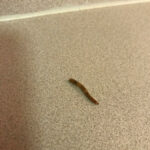
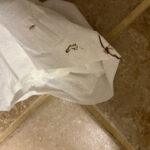
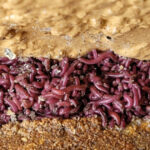

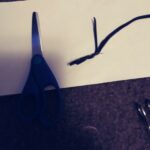
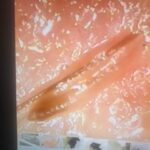
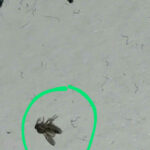
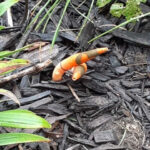

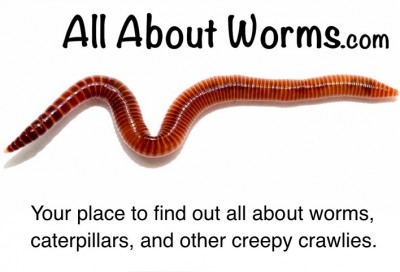
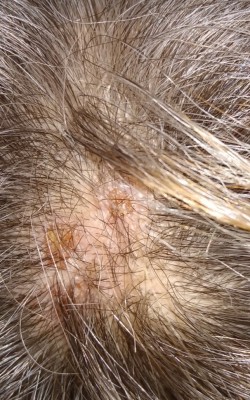



If your doctor isn’t helping to cure the problem, I’d go to a VETERINARIAN! They have dealt with this much more than a “people” doctor.
i need help got screwworms in me and dont know how to get rid of them dr says its just a bacteria and gave antibiatics but didnt do any do you know what i can do and how to get rid of it had it for about 2 months now and sores keep coming in my mouth ears nose and all over body plz help